Empowering Farmers for Market Success: The SHEP Approach in Ana Sora District, Oromia, Ethiopia
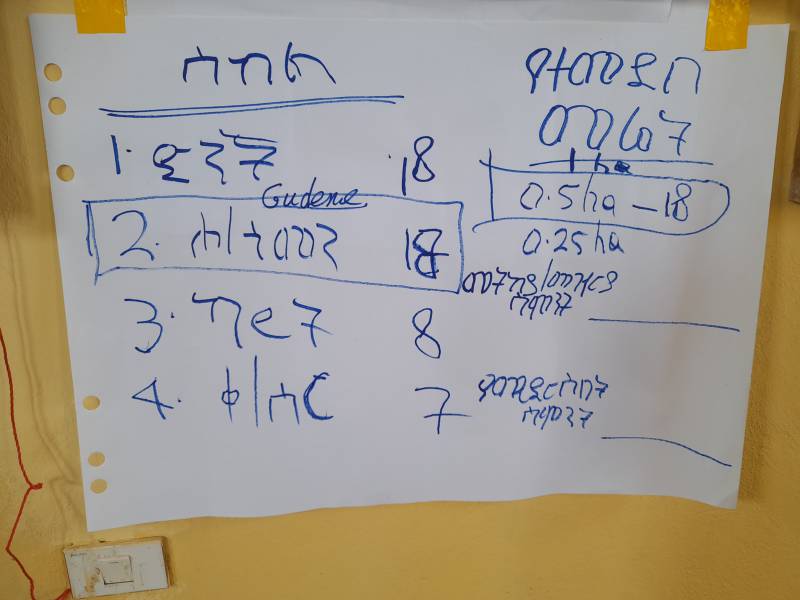
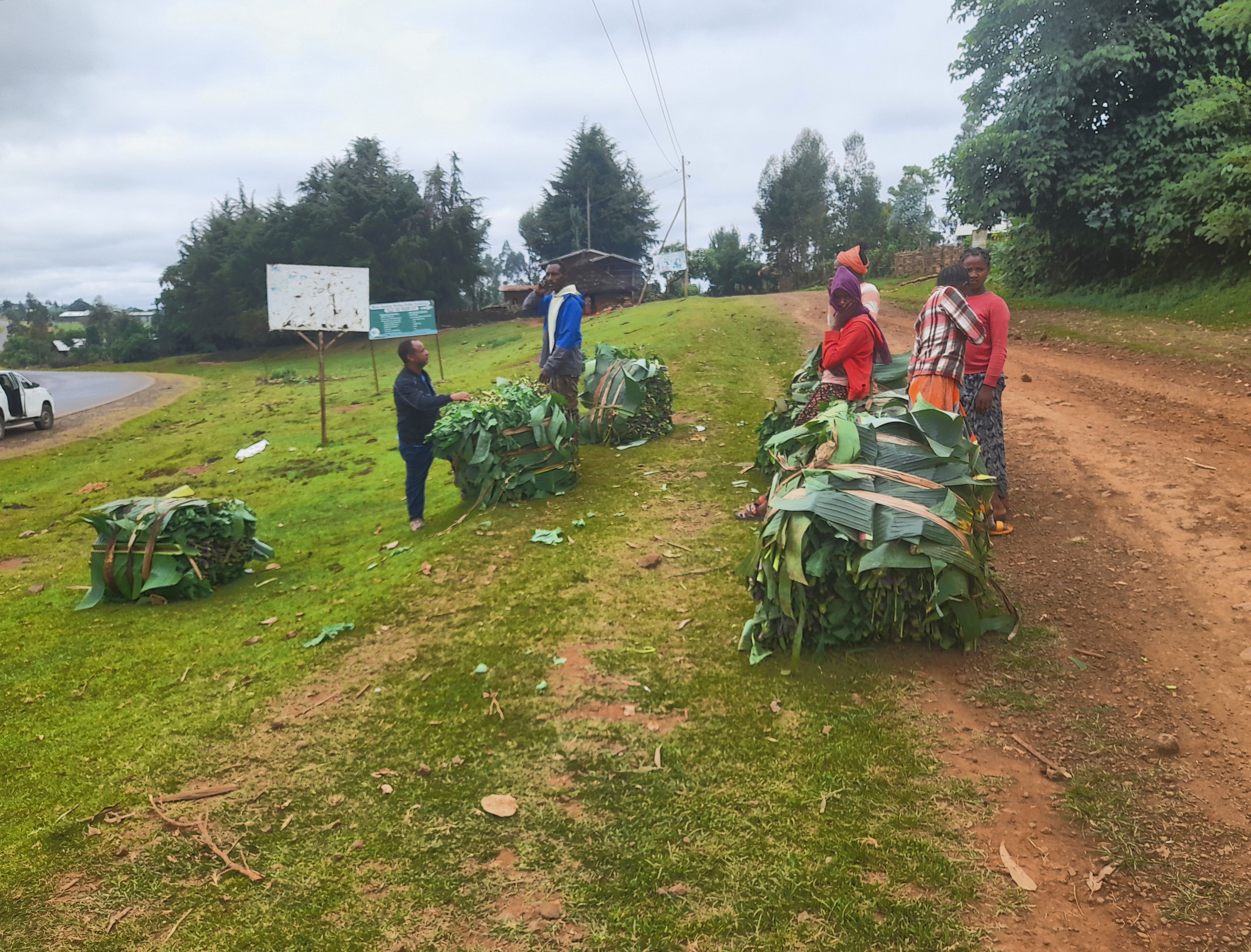
The Smallholder Horticulture Empowerment and Promotion (SHEP) approach, originally developed by JICA (Japan International Cooperation Agency), is transforming how farmers think about agriculture. It is more than just growing crops- it is about growing them for the market. Through this approach, smallholder farmers are empowered to shift from subsistence farming to market-oriented production, significantly boosting their incomes and livelihoods.
The Sasakawa Africa Association (SAA)-Ethiopia is actively promoting Market-Oriented Agriculture interventions that align with the SHEP philosophy. Since 2022, SAA-Ethiopia has adopted the SHEP model as a core part of its efforts to enhance food, nutrition, and income security among smallholder farmers.
SAA piloted the SHEP approach in three kebeles across three regions: Kewet District in Amhara, Ana Sora District in Oromia, and Angacha District in Central Ethiopia. A total of five SHEP groups comprising 119 farmers were established, with active involvement of local Extension Agents (EAs) and key stakeholders.
To scale the effort, SAA partnered with JICA’s Ethio-SHEP Project and conducted extensive awareness-raising and sensitization sessions for farmers, EAs, development partners, and academics. Building on this foundation, the SAA team led the practical implementation phase, which involved selecting farmers and forming groups, conducting participatory baseline surveys, delivering capacity-building trainings, carrying out market surveys, developing crop calendars tailored to local market demands, organizing market linkage forums, and experience-sharing events.

The Raya Boda SHEP group in Ana Sora District is already seeing remarkable results. Between July and September 2024, 18 farmers cultivated Kale on about 5 hectares. By supplying the produce to local market, farmers reported impressive returns: an average revenue of $977 per farmer, with profits averaging $771. While income varied from $17.54 to $6,361.00, shaped by factors such as agroecology, input quality, pest incidence, and weather conditions, the success signals the high potential of market-driven horticulture to improve livelihoods. Despite challenges such as poor seed quality, pest outbreaks, and flooding, farmers successfully navigated these obstacles with the right support and managed to turn a profit.
Looking ahead, with strong foundations built through local engagement, capacity building, and market linkage, SAA is committed to expanding SHEP-based interventions to more communities. As more farmers embrace the “Grow-to-Sell” mindset, sustainable income and empowerment become increasingly within reach.
SAA Publications
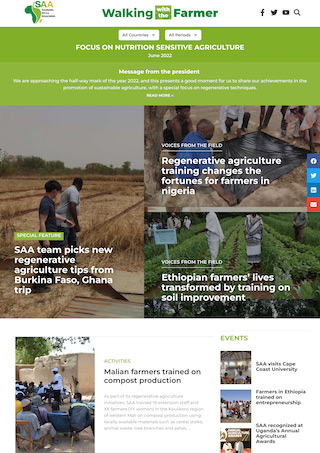
E-newsletter
"Walking with the Farmer"
SAA publishes a bimonthly e-newsletter reporting on SAA activities.
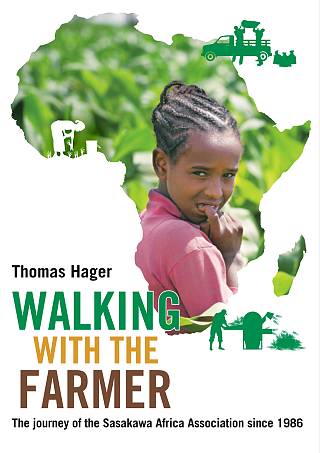
SAA history book
"Walking with the Farmer: The journey of the Sasakawa Africa Assoication since 1986"
This book chronicles the history of SAA from its inception to the present.
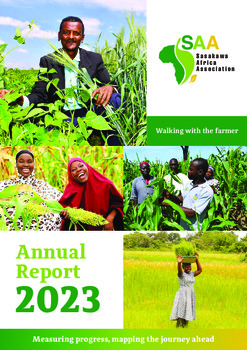
Annual Report
Annual Report FY2023
Annual Report FY2023 is available here.




